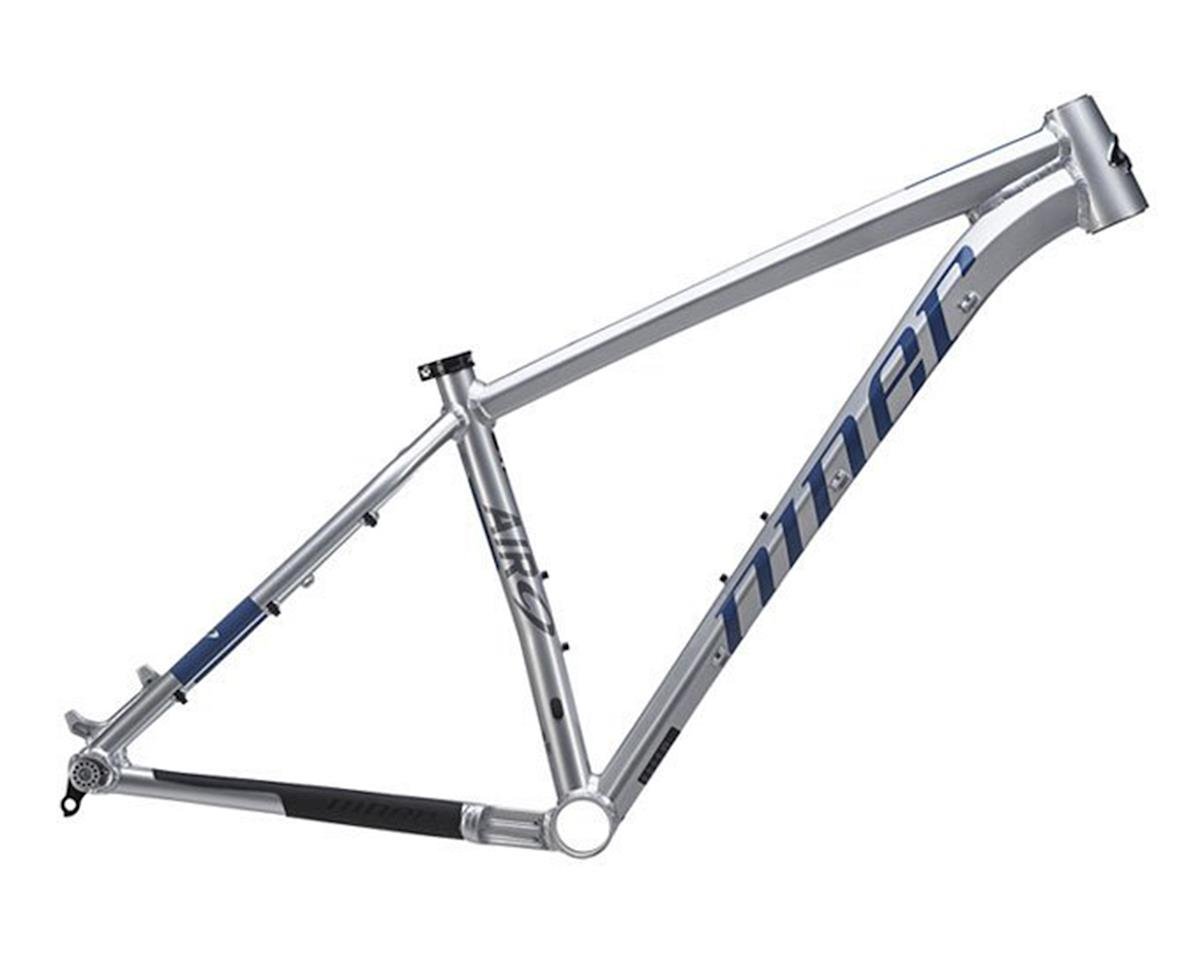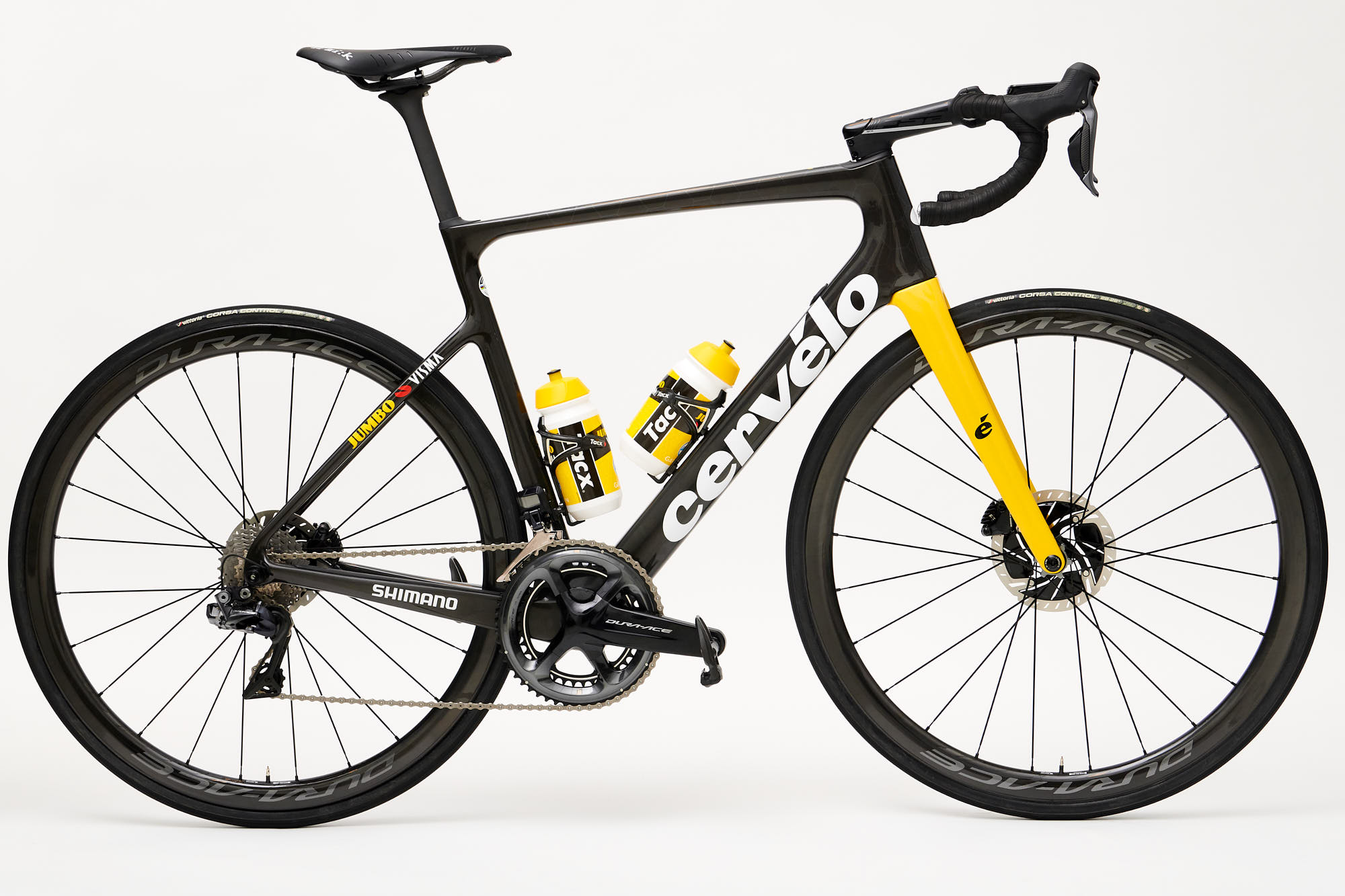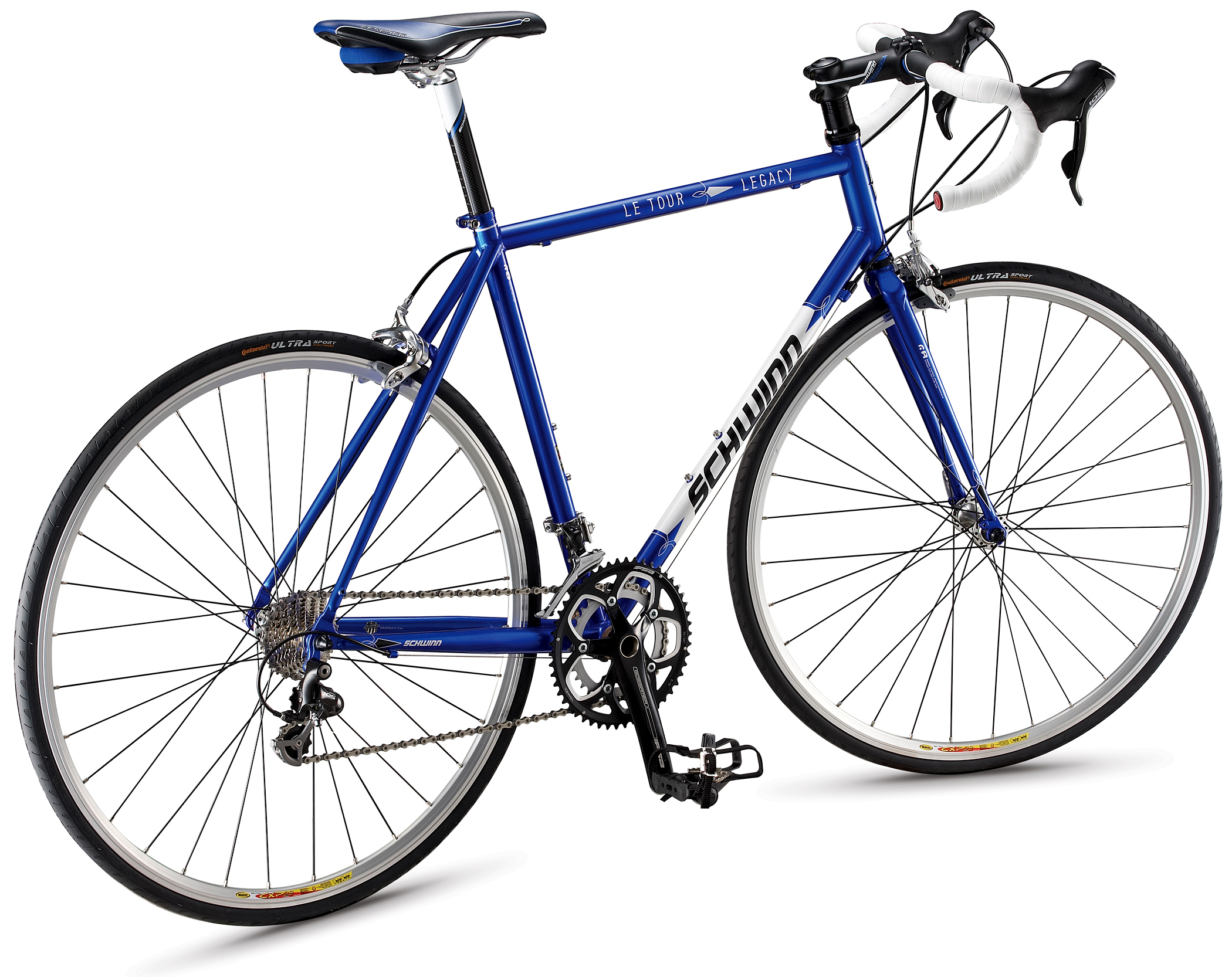In the world of cycling, tour bike frames stand as the backbone of long-distance adventures. These frames are designed to endure the rigors of extended journeys, carrying both riders and their gear. Embark on a journey through the realm of tour bike frames, where materials, geometry, features, and design intertwine to create the ideal companion for your next cycling odyssey.
From the sturdy steel frames of yesteryear to the lightweight carbon fiber marvels of today, tour bike frames have evolved to meet the demands of discerning cyclists. Join us as we delve into the intricacies of frame materials, geometry, and design, empowering you to make an informed choice for your next cycling adventure.
Tour Bike Frame Materials
The material used for a tour bike frame is a crucial decision that can impact the ride quality, durability, and overall experience. Here’s an overview of the different materials used and their advantages and disadvantages:
Steel
Steel frames are known for their strength, durability, and affordability. They provide a comfortable ride and can withstand heavy loads. However, steel frames are heavier than other materials and can be prone to rust if not properly maintained.
Aluminum
Aluminum frames are lightweight, strong, and corrosion-resistant. They offer a responsive and efficient ride. However, aluminum frames can be less durable than steel frames and may not provide as much vibration damping.
Titanium
Titanium frames are exceptionally strong, lightweight, and corrosion-resistant. They offer a smooth and comfortable ride. However, titanium frames are significantly more expensive than other materials.
Carbon Fiber, Tour bike frame
Carbon fiber frames are incredibly lightweight, stiff, and strong. They provide a very efficient and responsive ride. However, carbon fiber frames are expensive and can be more susceptible to damage if not handled carefully.
Tour Bike Frame Geometry

The geometry of a tour bike frame plays a crucial role in determining its handling and comfort during long-distance rides. It encompasses several key measurements, including frame size, wheelbase, and head tube angle.
Frame size, typically measured in centimeters, determines the overall size of the bike. It should be selected based on the rider’s height and inseam length to ensure a comfortable and efficient riding position.
Wheelbase
Wheelbase refers to the distance between the center of the front and rear wheels. A longer wheelbase provides greater stability, while a shorter wheelbase enhances maneuverability.
Head Tube Angle
The head tube angle measures the angle formed by the head tube and the horizontal axis of the bike. A slacker head tube angle (closer to 90 degrees) results in a more stable and relaxed riding position, while a steeper head tube angle (closer to 70 degrees) offers greater agility and responsiveness.
Tour Bike Frame Features

Tour bike frames are designed to handle the rigors of long-distance touring, which requires specific features to accommodate the needs of touring cyclists. These features include braze-ons, rack mounts, and fender mounts.Braze-ons are small metal tabs welded onto the frame to provide attachment points for accessories such as water bottle cages, panniers, and other gear.
Rack mounts are specifically designed to attach rear racks, which are essential for carrying luggage and gear on a tour. Fender mounts allow for the installation of fenders to protect the rider and bike from road spray and debris.These features are crucial for touring as they enable cyclists to carry the necessary gear and equipment for extended trips.
They also enhance the comfort and safety of the rider by providing a stable and secure platform for carrying luggage and protecting against road hazards.
Braze-ons
Braze-ons are typically found on the frame’s downtube, seat tube, and fork blades. They provide a secure and durable attachment point for various accessories, including:
- Water bottle cages: Essential for staying hydrated during long rides.
- Panniers: Large bags that attach to the sides of the rear rack, providing ample storage space for gear.
- Fenders: Protect the rider and bike from road spray and debris.
li>Kickstands: Provide a convenient way to park the bike when not in use.
Rack Mounts
Rack mounts are specifically designed to attach rear racks, which are essential for carrying luggage and gear on a tour. These mounts are typically located on the rear dropouts and seatstays of the frame. They provide a secure and stable platform for mounting racks of various sizes and capacities.
Fender Mounts
Fender mounts allow for the installation of fenders to protect the rider and bike from road spray and debris. These mounts are usually found on the fork blades and seatstays of the frame. They provide a secure attachment point for fenders, ensuring they remain in place during the rigors of touring.
Tour Bike Frame Design
Designing a tour bike frame requires careful consideration of multiple factors, including durability, weight, and versatility. These elements significantly influence the bike’s overall performance and ability to withstand the demands of long-distance touring.
Whether you’re a seasoned cyclist or just starting out, finding the right bike frame size is crucial for a comfortable and efficient ride. Check out our comprehensive mountain bike frame size chart to determine the ideal fit for your height and riding style.
Durability is paramount for tour bikes, as they must endure rough terrain, heavy loads, and extended periods of use. The frame must be constructed from robust materials, such as steel or titanium, which can withstand the rigors of touring without compromising structural integrity.
Weight is another crucial factor, as a lighter bike is easier to maneuver, especially when fully loaded. Lightweight materials, such as aluminum or carbon fiber, can be employed to reduce the overall weight of the frame while maintaining its strength.
Before you hop on your bike and hit the trails, make sure you’ve got the right fit. Check out the mountain bike frame size chart to find the perfect frame for your height and riding style. And if you’re looking to upgrade your indoor training setup, consider investing in a Kinetic bike trainer.
Older models offer great value for those on a budget, providing a realistic and engaging riding experience without breaking the bank.
Versatility is also essential for tour bikes, as they need to accommodate various types of terrain and riding styles. The frame should allow for the mounting of panniers, racks, and other accessories to enhance its carrying capacity. Additionally, the geometry should provide a comfortable and efficient riding position for extended periods.
Material Considerations
- Steel:Durable, relatively inexpensive, and easy to repair, but heavier than other materials.
- Titanium:Strong, lightweight, and corrosion-resistant, but more expensive than steel.
- Aluminum:Lightweight, strong, and affordable, but less durable than steel or titanium.
- Carbon Fiber:Lightweight, stiff, and vibration-damping, but more expensive and less durable than metal frames.
Geometry Considerations
- Wheelbase:A longer wheelbase provides stability, while a shorter wheelbase enhances maneuverability.
- Head Angle:A slacker head angle (closer to 90 degrees) provides stability, while a steeper head angle (closer to 70 degrees) offers quicker steering.
- Seat Angle:A more upright seat angle (closer to 90 degrees) provides a comfortable riding position, while a more aggressive seat angle (closer to 70 degrees) promotes efficient pedaling.
Tour Bike Frame Comparison
When choosing a tour bike frame, it’s essential to compare different options to find the best fit for your needs. Here’s a comprehensive table comparing the features and specifications of popular tour bike frames from reputable brands:
Frame Materials
| Brand | Model | Material | Price | Weight |
|---|---|---|---|---|
| Surly | Long Haul Trucker | 4130 Chromoly Steel | $895 | 55 lbs |
| Trek | 520 | Alpha Aluminum | $1,299 | 32 lbs |
| Salsa | Marrakesh | Reynolds 853 Steel | $1,499 | 38 lbs |
| Kona | Sutra | Butted 7005 Aluminum | $1,199 | 35 lbs |
| REI | Co-op ADV 1.1 | Reynolds 520 Steel | $1,099 | 40 lbs |
Frame Geometry
Tour bike frames vary in geometry, which affects handling, stability, and comfort. Here’s a comparison of key geometry measurements:
| Brand | Model | Head Tube Angle | Seat Tube Angle | Chainstay Length |
|---|---|---|---|---|
| Surly | Long Haul Trucker | 69 degrees | 73 degrees | 450 mm |
| Trek | 520 | 71 degrees | 73.5 degrees | 430 mm |
| Salsa | Marrakesh | 70 degrees | 74 degrees | 440 mm |
| Kona | Sutra | 71.5 degrees | 73 degrees | 435 mm |
| REI | Co-op ADV 1.1 | 70.5 degrees | 73 degrees | 445 mm |
Conclusion

As you embark on your tour bike frame selection journey, remember that the perfect frame is the one that aligns with your riding style, terrain, and aspirations. Whether you’re traversing rugged mountain passes or exploring scenic coastal routes, a well-chosen tour bike frame will enhance your experience, providing both comfort and reliability.
Embrace the adventure that awaits you, and let the perfect tour bike frame carry you to new horizons. Happy cycling!
FAQ Resource
What materials are commonly used in tour bike frames?
Tour bike frames are typically made from steel, aluminum, titanium, or carbon fiber, each offering unique advantages and disadvantages.
How does frame geometry affect the handling and comfort of a tour bike?
Frame geometry, including frame size, wheelbase, and head tube angle, plays a crucial role in determining the bike’s handling characteristics and overall comfort during long rides.
What are some key features to look for in a tour bike frame?
Key features to consider include braze-ons for mounting accessories, rack mounts for carrying gear, and fender mounts for protection from the elements.
